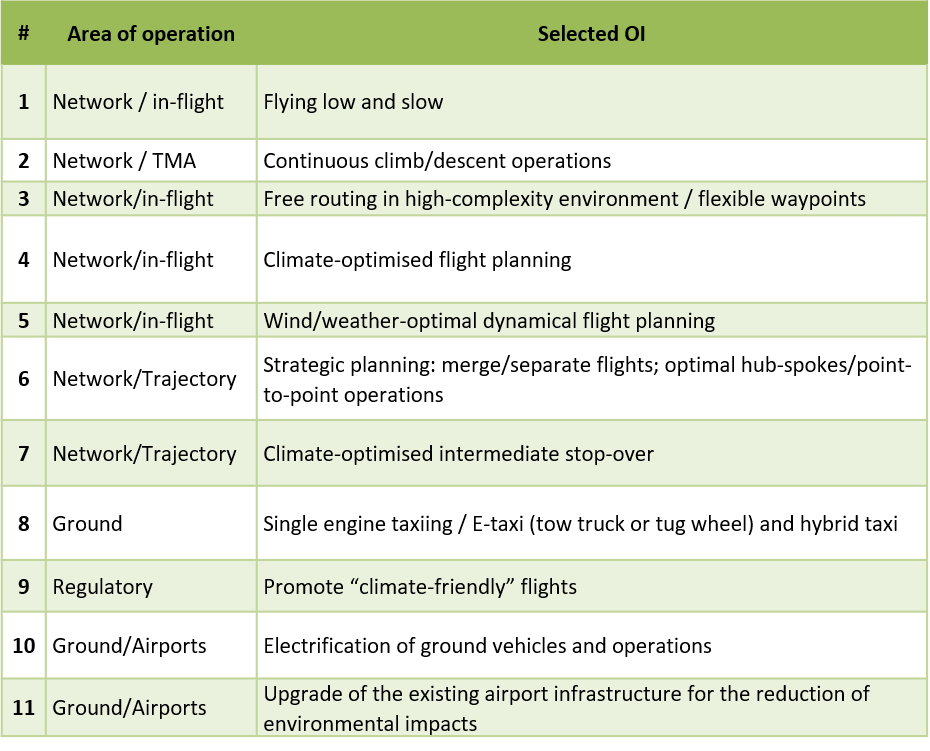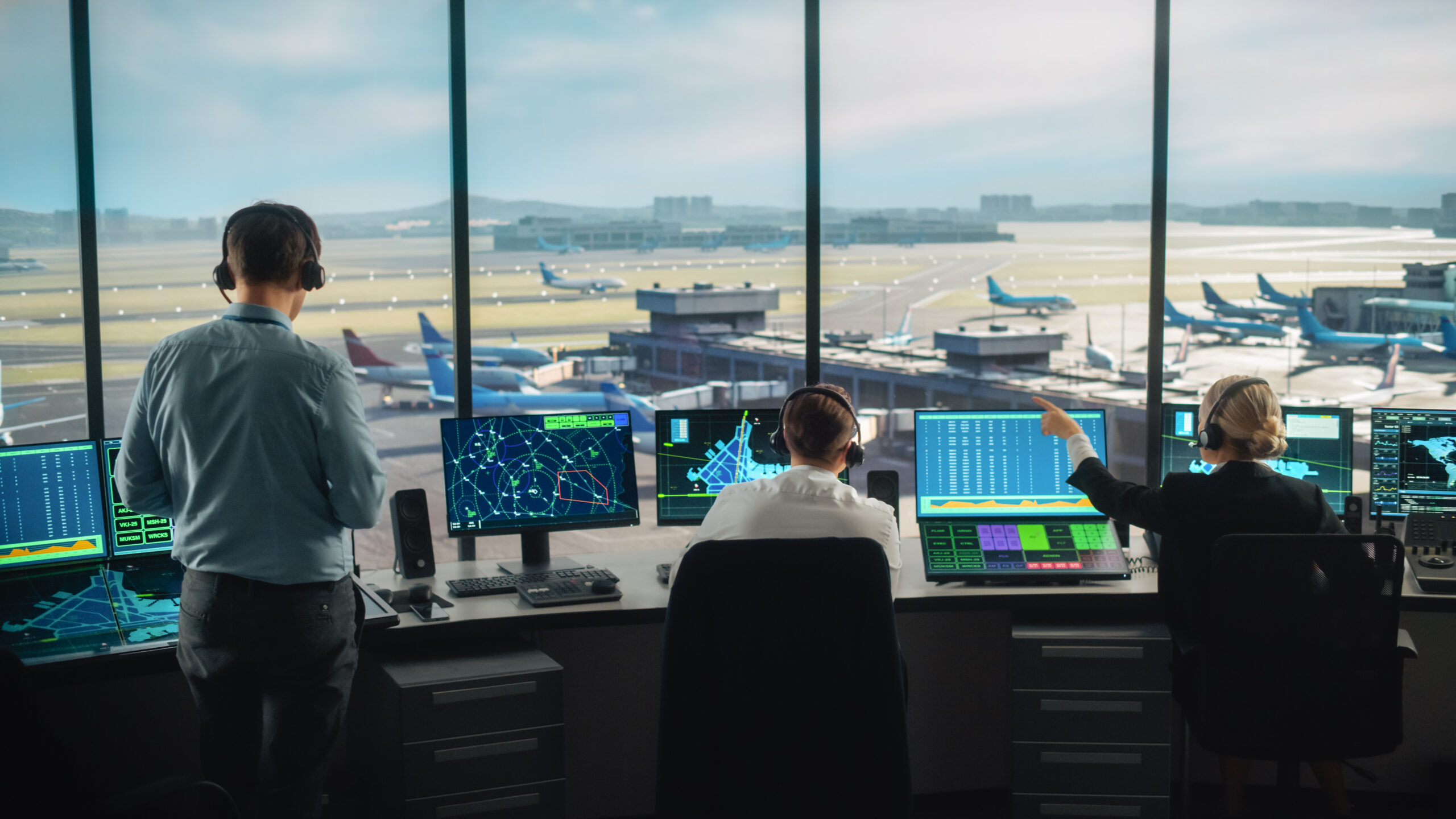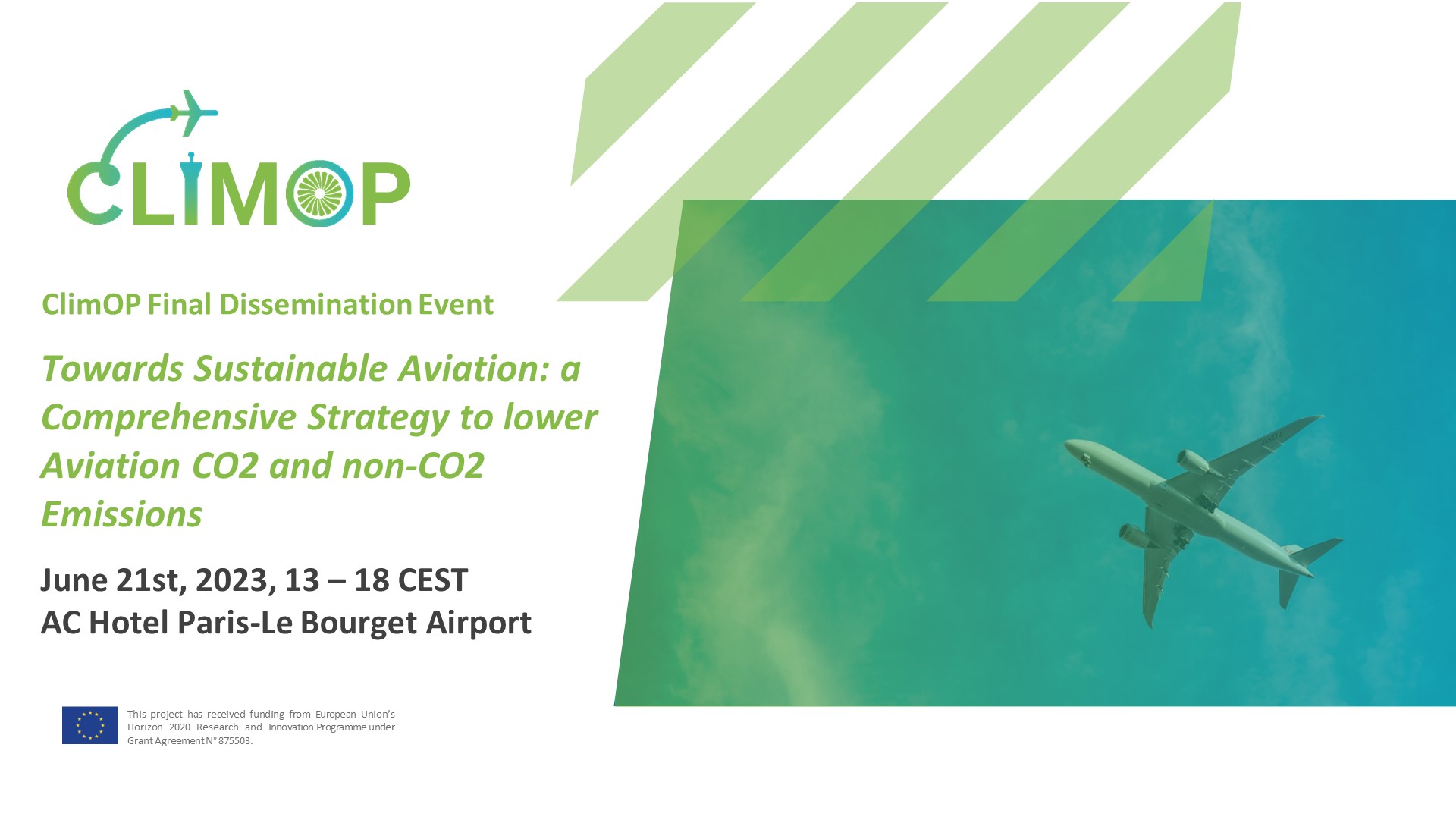Joining forces for a greener aviation, the partners of the EU funded ClimOP project apply an iterative approach identifying and developing innovative operations to reduce aviation emissions.
Addressing the call to decarbonize the European aviation
ClimOP is a Research and Innovation Action part of a large initiative funded within the Horizon 2020 programme to address societal challenges such as decarbonising the European transport sector. Led by Deep Blue, the project aims to mitigate the climate impact of European aviation. It gathers renowned research centres (DLR, NLR) large organisations (SEA Milan, IATA), universities (ITU, TUD) and small-medium enterprises (Amigo, DBL): a balanced mix of expertise and know-how to develop a set of most-promising greener operations to reduce aviation emissions, addressing the call to decarbonise European aviation.
The Consortium developed a five-step plan to address this societal challenge. First, ClimOP conducted a literature study to identify the current state of the art of operational improvements (OIs) and Key Performance Indicators (KPIs). A set of KPIs was selected to lay the foundation for the criteria to assess the OIs. Subsequently, OIs were selected considering their potential to produce an overall positive impact on climate in terms of reduction of CO2 and non-CO2 emissions (such as cirrus, contrails, NOx, etc.) The next two steps consist of developing models to quantify the impact that the selected OIs have on climate and the aviation stakeholders. Results will be then used to develop a body of harmonised mitigation strategies for alternative sets of OIs.
Finally, ClimOP will present rule-makers with a set of policy recommendations to ease the fulfilment of the harmonised mitigation strategies and facilitate the engagement of the stakeholders. An iterative methodology that relies on stakeholders’ consultations ensures the results produced are robust, scientifically sound, and capable of mitigating the climate impact of aviation.
Climate-friendly operations for aviation
In the pre-pandemic scenarios, aviation emissions were expected to grow by 2-3% per year due to the projected increase of air traffic in the next decades. Even if the spreading of Covid-19 has changed this scenario, air traffic is foreseen to return to the 2019 levels by 2024. To meet the European 2030 goal to cut anthropogenic emissions by at least 40% despite the projected traffic growth, ClimOP has identified a set of 11 OIs (Table 1) potentially capable to reduce the climate impact of aviation. The OIs covers 4 key areas: ground operations, Terminal Maneuvering Area (TMA) operations, network and in-flight operations, and operations at a regulatory level.

The first group consists of operations such as single-engine taxiing, E-taxi, hybrid taxi, but also those related to airports facilities, such as the land transport fleet, a primary source when it comes to airport fuel consumption. TMA mainly consist of continuous climb and descent operations, which cut emissions through a more direct approach or departing paths. The third group is the larger one and it counts for more than half of the OIs selected by ClimOP. It relies on optimized and well-integrated flight trajectories. Flying low and slow, climate-optimized flight planning and climate-optimized intermediate stop-over operations are just a few examples from this group. For instance, climate-optimised flight planning consists of avoiding regions in which aircraft emissions, considering atmospheric processes, including transport, physics, and chemistry, lead to a relatively high impact on climate, using adequate flight planning before departure. This OI is estimated to cut up to 10% with only an increase of 1% in operating costs (mainly fuel). Lastly, the operations at a regulatory level consist of measures to foster the implementation of ClimOP mitigations strategies.
Most of the selected measures aim at reducing aviation emissions by decreasing the amount of fuel burnt. However, each OI has different pros and cons that must be kept into consideration to identify the most promising ones. To this end, different modelling tools will be used to quantify the impact OIs has on climate and aviation stakeholders. The goal is to determine a group of indices to define a common baseline to assess the performance and impact of each OI on a homogeneous reference frame.
Next steps towards greener aviation operations
The model development will occur in 2021 and produce mature results by mid-2022. During the second half of 2022 and the first of 2023, the current list of OIs will be refined via several validation activities with the aviation stakeholders part of the Advisory Board. Based on the validation results, ClimOP will create an inventory of the most promising regulations and policies encouraging stakeholders to operate in a climate- and environmentally friendly way.
At the end of its lifespan, ClimOP will deliver a set of mitigations strategies to reduce the climate impact of aviation. Suggestions, such as economic incentives, will support policymakers fostering the implementation of ClimOP mitigation strategies.
This article has been published in the April edition of the Open Access Government (p. 303-305).




